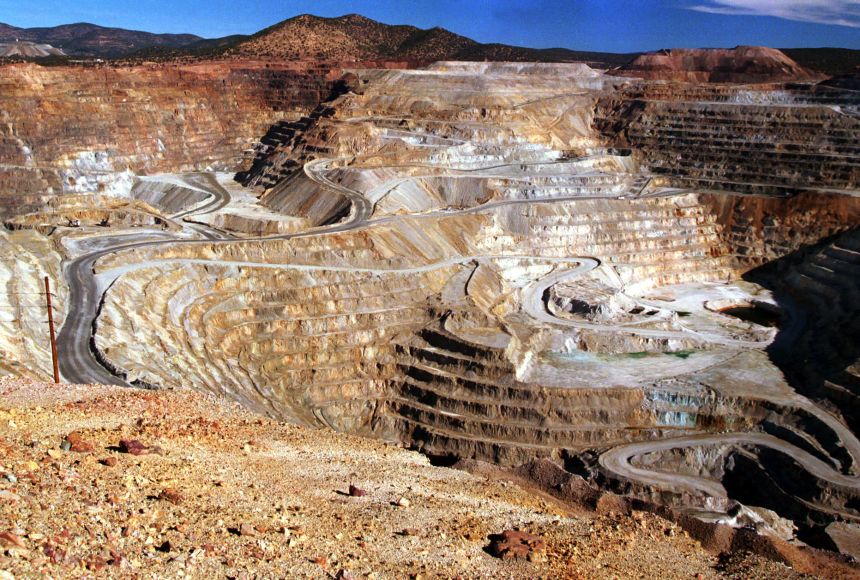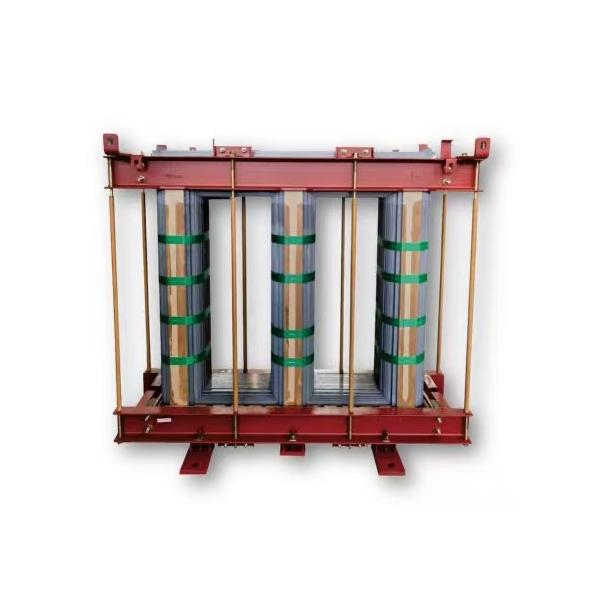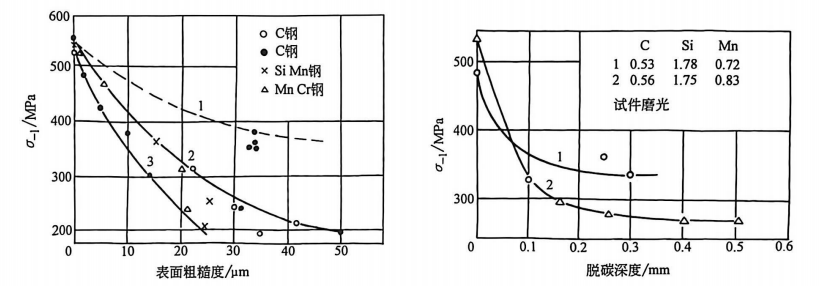The Environmental Impacts of Mining Lead: Unveiling the Hidden Dangers

Mining has long been a crucial industry, providing valuable resources for various sectors. However, the extraction and processing of lead ore have significant environmental consequences that cannot be ignored. In this blog post, we will delve into the detrimental effects of mining lead on the environment, highlighting the importance of addressing this issue for a sustainable future.
- Soil Contamination:
One of the most concerning impacts of mining lead is soil contamination. The extraction process often involves crushing and grinding the ore, releasing fine particles that contain lead. These particles settle in the soil, where they can persist for decades, posing a threat to both human health and ecosystems. Lead-contaminated soil inhibits plant growth, disrupts nutrient cycles, and can enter the food chain, ultimately affecting animals and humans. - Water Pollution:
Mining activities, particularly during the extraction and processing of lead, can lead to water pollution. Rainwater and runoff can carry lead particles from mining sites into nearby water bodies, such as rivers and lakes. Once in the water, lead can accumulate and contaminate aquatic ecosystems. This pollution not only harms aquatic life but also poses risks to human health when contaminated water is consumed or used for irrigation. - Air Pollution:
The mining and smelting of lead ore release various pollutants into the air, contributing to air pollution. Particulate matter, sulfur dioxide, and other harmful gases are emitted during the extraction, transportation, and processing of lead. These pollutants can have detrimental effects on air quality, leading to respiratory issues, cardiovascular problems, and even premature death in nearby communities. Additionally, airborne lead particles can settle on vegetation and contaminate crops, further impacting food safety. - Ecosystem Disruption:
Mining operations often require the clearing of large areas of land, leading to habitat destruction and ecosystem disruption. Forests and other natural habitats are cleared to make way for mining infrastructure, displacing wildlife and disrupting delicate ecological balances. This loss of biodiversity can have far-reaching consequences, affecting the stability and resilience of ecosystems. - Long-term Environmental Legacy:
The environmental impacts of mining lead can persist long after mining operations cease. Abandoned mines and waste piles can continue to release lead and other contaminants into the environment, posing ongoing risks to surrounding ecosystems and communities. Proper remediation and reclamation efforts are essential to mitigate these long-term effects and restore affected areas.
Conclusion:
Mining lead has severe environmental consequences, including soil contamination, water pollution, air pollution, ecosystem disruption, and long-term environmental legacies. Recognizing and addressing these impacts is crucial for sustainable resource management and the protection of both human and environmental health. By implementing stricter regulations, investing in cleaner technologies, and promoting responsible mining practices, we can minimize the negative effects of lead mining and pave the way for a greener and healthier future.







